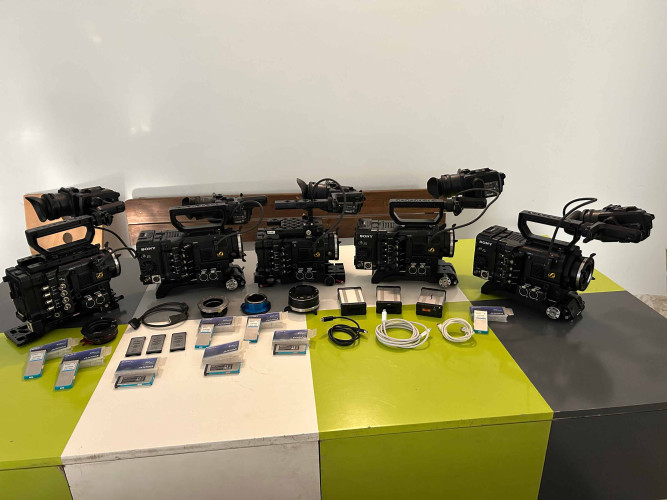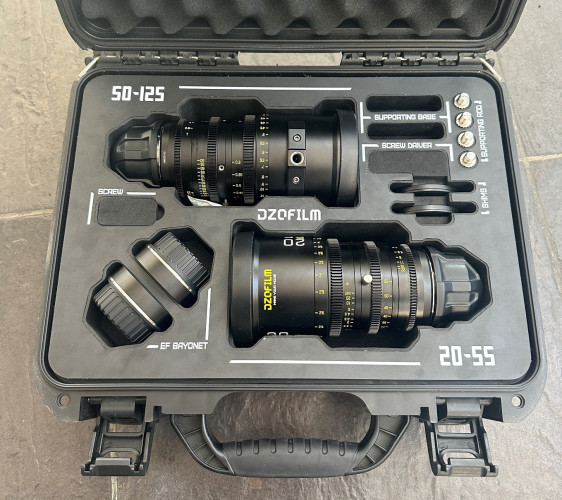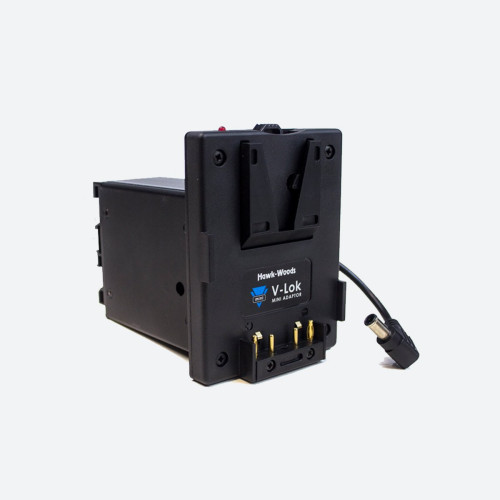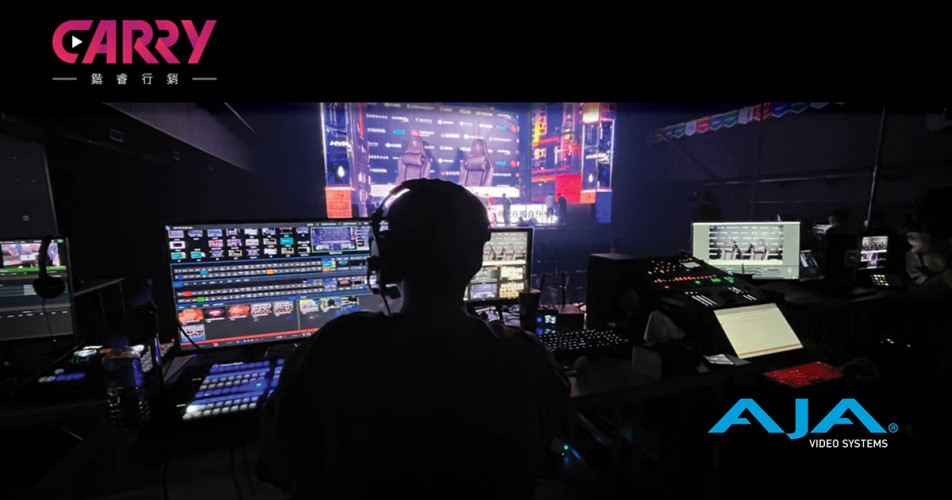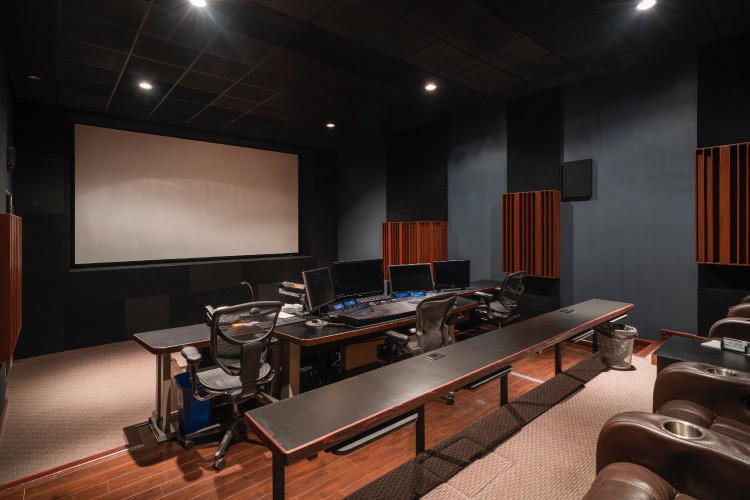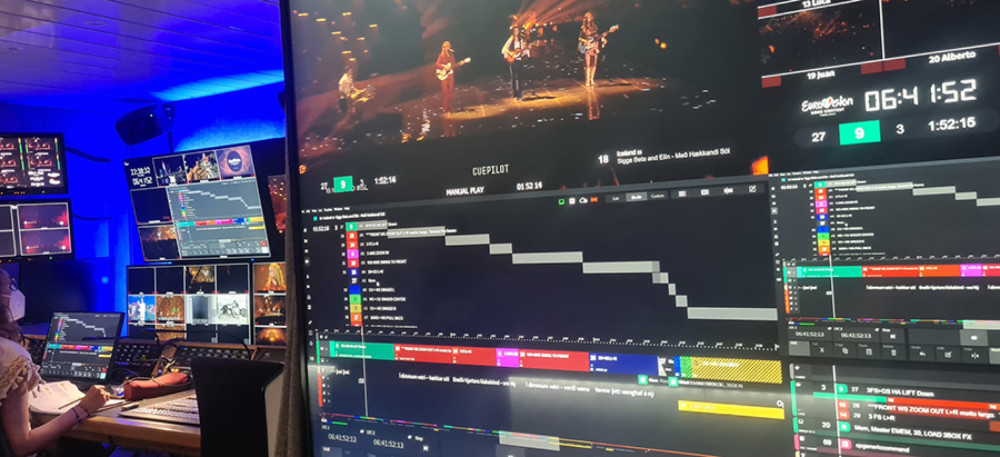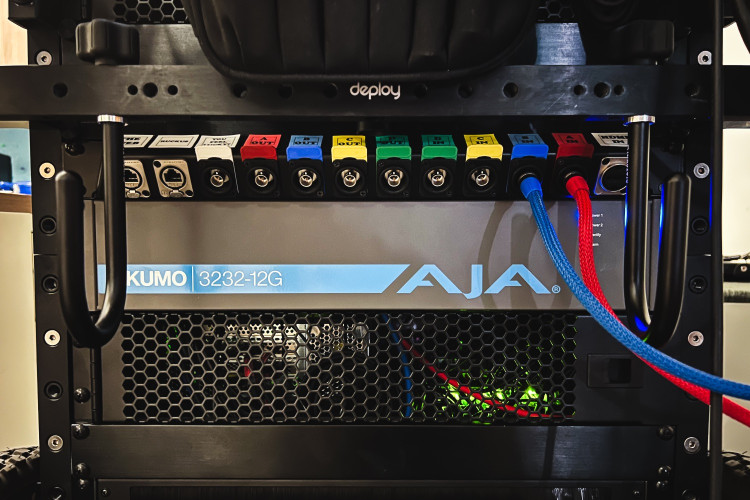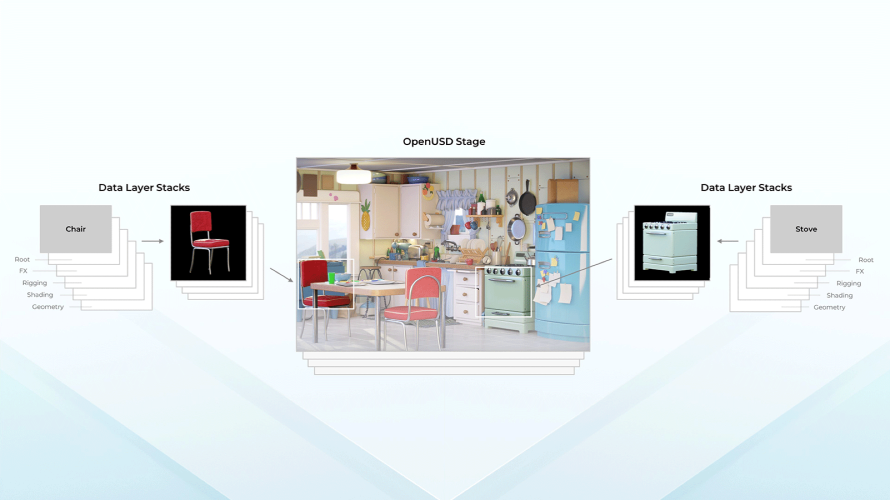Two recent events have expanded my understanding of 3D. BVE North turned out to be quite busy – both around the exhibition and at the many free seminars. Of course I made a beeline for the 3D Revolution Theatre where there were sessions throughout the two days of the show. The ‘Storytelling in 3D’ session was of particular interest. There’s been plenty of talk about the technology and how to shoot good 3D and how to avoid the bad... but here was a new angle. How can you apply 3D to story telling? Reg Sanders, who describes himself as a 3D Director / stereographer / 3D rig technician, provided excellent information about what works and what does not and, more importantly, how to get it right. He said, “It’s about storytelling – not showing off 3D”
Having earned all those job descriptions Reg had a very useful range of experience to share. Early on he pointed out that the ideas about convergence differ between Europe and the USA. This means to me that it’s taste rather than technology that is now calling the shots. In a way this shows that 3D is coming out of its experimental ‘wow’ period and is maturing as an art form. There were useful tips such as the fact that focal length affects depth perception, with the shorter values producing greater depth. Also the size of the image sensor affects the result. If you want to increase the drama use more depth (wider angle, short focal length). As Reg pointed out, “You want the 3D to help the drama.”
This session was packed with practical tips and guidance for planning and shooting 3D. There was also useful information for cinemagoers – the answer to the eternal question, where to sit in the theatre? Obviously keeping close to the centre line is a good idea but, apparently, if you sit too close then the 3D effect is squashed, too far away and it’s exaggerated. So now, at last, I know to get those seats in the middle!
The other recent event was a preview of a new 2D-to-3D converter. DynAxis adds a new 2D-to-3D process that has been developed by Galaxy Light and Power in London. It offers high quality real-time conversion. The result dispelled many misgivings and was, at the very least, comfortable to watch.
The truth is that, as 2D-to-3D conversion is a bit like standards conversion in that it tries to create information that is not in the original – something from nothing. So there is wide scope for different algorithms to be tried, and different depths, convergences, and so on. It’s one of those areas that, barring obvious 3D violations, is open to interpretation and so there is definitely room for another converter.
For the demo, Galaxy’s Andy Grant sat me down at the advised two-metre distance from a 47-inch LG consumer 3D TV fed via an AJA 3D HDSDI-to-HDMI converter. I really liked this viewing system as it used lightweight passive glasses (meaning the polarising filter is on the screen) without the flicker associated with the more commonplace active ones. Apparently the TVs were on offer at Richer Sounds making high quality monitoring very affordable!
Andy explained, “The technology is based on detecting motion boundaries to isolate objects and then making a best guess as to where they should be in 3D space. It’s a very complex illusion. Unlike other real-time converters, DynAxis will default to 2D if it cannot make sense of the objects in the pictures, unlike the other real time converters where when it’s good it’s good but when it’s bad it’s offensive. The aim is to avoid the generation of flawed 3D so that you can watch a whole programme and there’s nothing to distract you from enjoying the 3D experience.”
DynAxis was set to only produce positive parallax (behind the screen), so it was like looking through a window. Watching a number of converted tapes I realised that there were potential problems with using 2D material in 3D. For example, there were several quick-cut sequences which I know can be awful to watch in 3D. But these were fine as everything converged well behind the screen. In fact I sat and watched for well over an hour and my eyes were always perfectly comfortable.
Andy hauled out many old tapes that were sure to be difficult, including old pop videos up-res’d from SD. These included DVE’d (layered) video and so were already unreal. However, with a bit of manual intervention, these too came out well. I was also shown live conversions that were very convincing. The converter can also improve some badly shot 3D – for example where there are annoying objects in negative parallax (in front of the screen) such as parts of a drum kit or the heads of an audience. Here converting one ‘eye’ of the original using DynAxis produced much more pleasing results.
While this is mainly a hands-off operation, the settings are not set in stone. Galaxy is developing optimal settings for various types of footage. Andy explained that, “We have one favourite setting for football, and would typically just use that. For drama, which is rarely live, we may adjust on a shot by shot or scene-by-scene basis.”
Having seen DynAxis defying the potential problems of Andy’s selection of converter-breaking footage, albeit with an occasional well-guided helping hand, it could clearly perform well in the back-catalogue market. It also fits with this market because its real-time operation should mean a suitably low price. It could again be useful for correcting some new poorly shot footage. My impression was that the 3D output was generally not as exciting as well shot ‘real’ 3D but the process does add value by considerably enhancing the viewing experience.




